Five years ago we visited Paris and like greedy-eyed flâneurs, we smiled under arches and admired its iron carvings. We started our Parisian tour with glossy Trocadéro and Palais de Chaillot’s secrets and relaxed in the gardens of notorious Place de la Concorde.
On our way to the the thrilling Arc de Triomphe de l’Étoile we simply strolled along the rues of Paris and admired its wrought-iron street art… Before climbing the historical Eiffel Tower… Before bowing underneath the Arc de Triomphe du Carrousel… Before finding the shortest way to the Mona Lisa inside the artsy maize of Palais Royal Musee du Louvre… and other touristic activities people do in Paris, such as paying a visit to Nicolas Flamel’s home or finding the sinking house of Paris. Come, off we go along my Parisian memory lane!
Flâneurs in Paris, Sculptures Ahead of Arc de Triomphe
We left glossy Trocadéro and the Palais de Chaillot with its secrets and water cannons and headed for Place de la Concorde, then we made our way to Arc de Triomphe.
We strolled past Admiral de Grasse still standing in Jardins du Trocadero. The bas-relief sculpture at the back was created first, then the Amiral’s statue was ready, thus it was place in the front. The ensemble was kept in hiding during the WWI2, or the bronze would have been used for cannons:
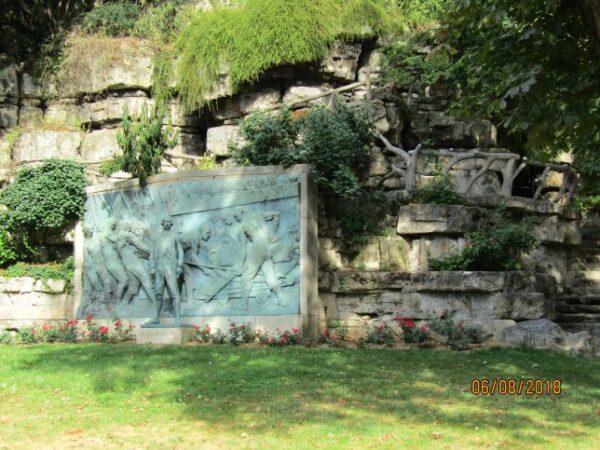
Francois Joseph Paul de Grasse was an admiral with the French Navy, instrumental for the United States of America gaining its independence as he brought 3 000 French sailors going to the aid of George Washington.
If you visited Bucharest, you will notice how Jardins du Trocadéro look like Cismigiu Parc.
Further we strolled. Another classic shot, Luis de Camoes statue and twin stairs on Boulevard Delessert:
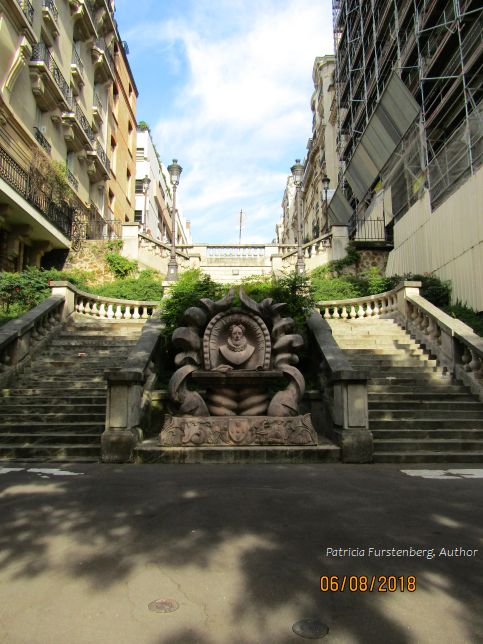
Heading towards Trocadéro Metro station on foot, small details of Haussmannian buildings…
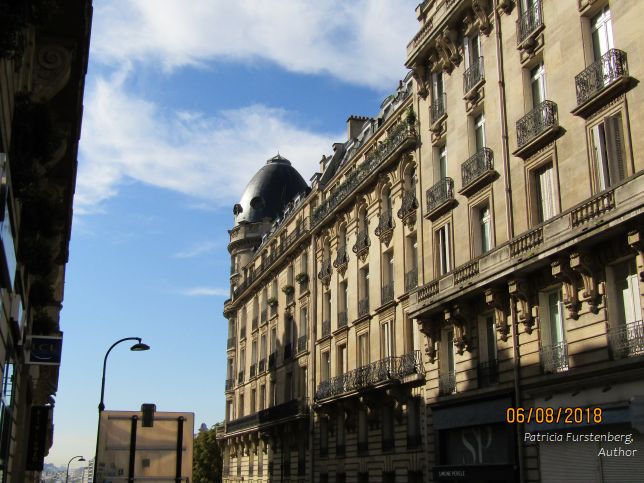
… and one of the famous Wallace Water Fountains with four different caryatids caught my eye.
A caryatid (below) is a sculpted feminine figure serving as an architectural support taking the place of a column or a pillar supporting a mounting of some sort on her head. We strolled right past them.

Wallace Fountains on Paris Streets, a Free Lesson in History and Art
Each day, we pass them, heedless of their origin and enigmatic tale. Emblems of Paris, born from German aggression, British benevolence, and Parisian Puritanism. During the dark hours of the Franco-Prussian War, German artillery ravaged aqueducts, plunging the city into a parched abyss.
Sir Richard Wallace, a wealthy Brit enamored with Paris, commissioned a sculptor to craft these cast-iron beauties bestowing water to the weary and the wandering. Paris, with a watchful eye, consented fearing the parched masses might turn to wine for solace.

The fountains arose, gracing the city with Renaissance allure and a touch of beaux-arts elegance.
One hundred such guardians still stand, their secrets etched in time. Once, cups adorned the fountains but the wisdom of health saw them gone.
A symphony of past and present, the Wallace Fountains stand in Paris, their secrets whispering through the ages. They represent kindness, simplicity, charity, sobriety. An enigmatic dance of history and mystery, hidden beneath their shimmering forest-green shade.
Loafing Further Through Paris, Loving the Wrought Iron Art
English noun “loafer” is borrowed directly from French flâneur, noun deriving from the verb flâner “to stroll, saunter aimlessly; lounge.”
I think that visiting Paris one needs at least two pairs of eyes. One for looking up as well:


Have you spotted the sliver of a moon, a brick chimney pot, the wrought iron balcony, and the face frozen in cement above?
Paris spells its name in all the little details:
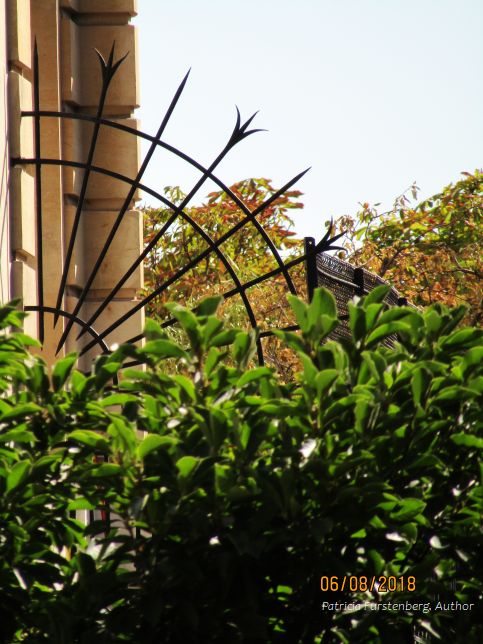
Amidst the enchanting labyrinth of Parisian streets, a secret lies veiled in wrought iron decor. Invisible to careless eyes, yet omnipresent, it winds and curves in artful balconies, lamp posts, and stairways. A symphony of elegance and strength, it adorns charming doorways, gates, and the whimsical Metro signs.
But iron’s story goes beyond mere ornamentation. History and architecture intertwine in the heart of Paris. Before the Industrial Revolution, iron remained coarse, a weapon of old. But as time unfurled iron shed its rustic skin, transforming into a sophisticated and decorative art.

Paris, in the late 19th century, hosted the International Exposition craving an iconic landmark. Gustave Eiffel’s vision soared, crafting an iron lattice tower, maligned and scorned by the intellectuals.
Critics resented its existence, as it stood defiant, challenging majestic landmarks like the Pantheon and Notre Dame Cathedral. Yet, time proved the Eiffel Tower’s greatness, embraced by Parisians and the world, twinkling in its iron glory for more than a century.
Beneath the surface, Hector Guimard’s masterful work emerged, weaving an underground web of transportation, the Paris Metro. Designed to embrace modernity, its beauty clashed with tradition, leaving Parisians bemused.
In the heart of Paris, they initially recoiled at the chasms, the city’s boulevards gaping wide, delving into a mysterious underworld of tracks and shadows. The new Art Nouveau style of the Metro entrances emerged like iron vines, daring to impersonate nature’s wild blooms. A dance of iron, abstract-linear lines interpreting the vitality of plants, all woven into the city’s veins.
Complaints echoed about the freestyle font adorning ‘Metropolitan’ deemed unreadable by some. Little did they know that in the future, souls like mine would stand before it, captivated by its unique allure, a delightful contrast to the stony giants reigning over Paris.
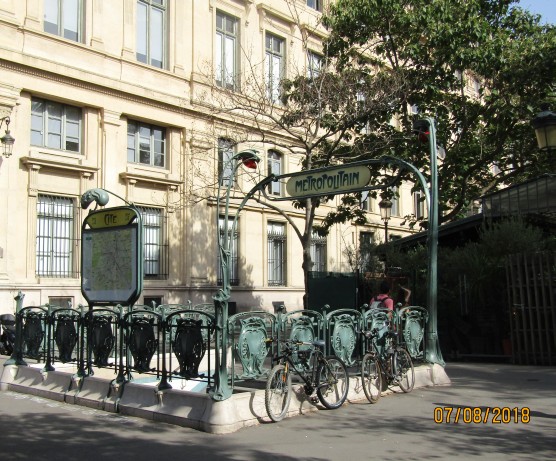
Through the Metro’s labyrinth we ventured, mastering its intricate routes, as the signs guided our way. From Montmartre’s heights to the embrace of the Seine, from St. Germain’s charm to Le Defense’s grandeur.

Elaborate designs danced before my eyes, iron’s fluidity defying its very essence. Whimsical yet robust, they whispered reassuringly as millions found solace in their embrace, reaching their dreams through iron’s paths.
But like a secret unfolding, history revealed the magnificence of iron, forever etched in Paris’s enigmatic allure. As we wander this magical city, let us listen to its whispers and decipher the mysteries woven in iron’s embrace.
We took the Metro to Charles-de-Gaulle-Etoile (line 6, turquoise, direction Charles-de-Gaulle-Etoile). Then a few minuted walk and, finally, we spoted it: L’Arc de Triomphe.
All You’ve Ever Wanted to Know About the Arc de Triomphe
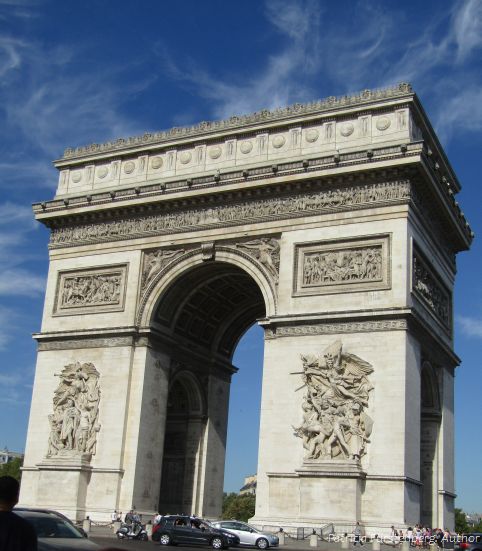
Amidst Paris’ grandeur, architecture stands tall and imposing, a testament to its storied past. From the soaring Arc de Triomphe, rising like a majestic star, to the charming Champs-Élysées, once a murky swamp transformed into a boulevard of beauty.
The vision of the city’s transformation lies in the skilled hands of André Le Nôtre, who turned the Tuileries gardens into a symmetrical masterpiece, and Georges Eugène Haussmann, whose urban redevelopment shaped the grand star design of Place de l’Étoile.
The Arc de Triomphe, a neoclassical marvel, witnessed the rise and fall of emperors, a symbol of victory and a resting place for the illustrious.
Exciting Secrets of the Arc de Triomphe that would Thrill any Writer
A clandestine sentinel of history, this Parisian wonder conceals secrets known to only a few. Allow me to unravel the enigmas that shroud the Arc de Triomphe:
- The inspiration behind the Arc de Triomphe hails from the Roman Arch of Titus and embodies the essence of Neoclassicism—a revival of the grandeur found in Greek and Roman art.
- The Arc de Triomphe finds its regal throne at the heart of Place Charles-de-Gaulle, the world-renowned roundabout and takes its place along the famed Axe Historique de Paris—a grand pathway that commences at the Louvre, stretches eastward through the Tuileries Garden, Place de la Concorde, and reaches its zenith at the modern Grande Arc de la Defense.
- Limestone, robust and timeless, forms the backbone of this triumphal arch, standing strong and true as a testament to the victories etched in history.
- The echoes of the past reveal that the Arc de Triomphe almost wore the guise of an elephant—an idea Napoleon Bonaparte initially envisioned to immortalize his victory in the Napoleonic Wars, later transformed into the arch we behold today.
- In the shadows of the Arc, secrets of history unravel—a poignant reminder of an Anonymous Soldier entombed beneath its grandeur, his sacrifice woven into the fabric of the monument’s significance.
- Each of the Arc’s pillars stands adorned with grand sculptures, an artistic tapestry narrating various episodes of French history, etched in stone for eternity. The Départ de 1792, known as “La Marseillaise” celebrating the French First Republic – winged Liberty. Le Triomphe de 1810, which celebrates the Treaty of Schönbrunn – Napoleon crowned by Victory. La Résistance de 1810. La Paix de 1815 commemorates the Treaty of Paris.
- In 1919, the intrepid aviator Charles Godfroy orchestrated an audacious aerial feat, flying his plane through the Arc de Triomphe—a daring tribute to the monument’s resilience and everlasting legacy.
- History also tells of two French presidents, Charles de Gaulle and Jacques Chirac, who narrowly escaped assassination attempts in the vicinity of the Arc de Triomphe—providing vivid reminders of the monument’s place in modern political events.
- Throughout its existence, the Arc de Triomphe witnessed moments of terror—the chilling memory of a terrorist attack in 1995, when a bomb placed near the monument by the Armed Islamic Group of Algeria wounded 17 innocent souls.
- As the sun graces the skies twice a year, on May 10th and August 1st, its golden rays caress the very heart of the Arc de Triomphe, a celestial alignment befitting its celestial stature.
Through these mysteries and revelations, the Arc de Triomphe remains a symbol of France’s triumphant past, a silent witness to both victories and adversities that have graced the annals of time.
In this enchanted city Parisians rush by, oblivious to the artistry guiding their daily journeys. But we, flâneurs had time—a precious gift—to savor its streets, smile under its arches, and wonder at its exquisite symphony of iron sculptures. Paris, my love, you wouldn’t be the same without them. They are the enigmatic threads that weave your tapestry, etching their mark upon the hearts of all who dare to wander your secrets.
Love to travel? Love history and legends? Then my latest book, Dreamland, is the perfect read:

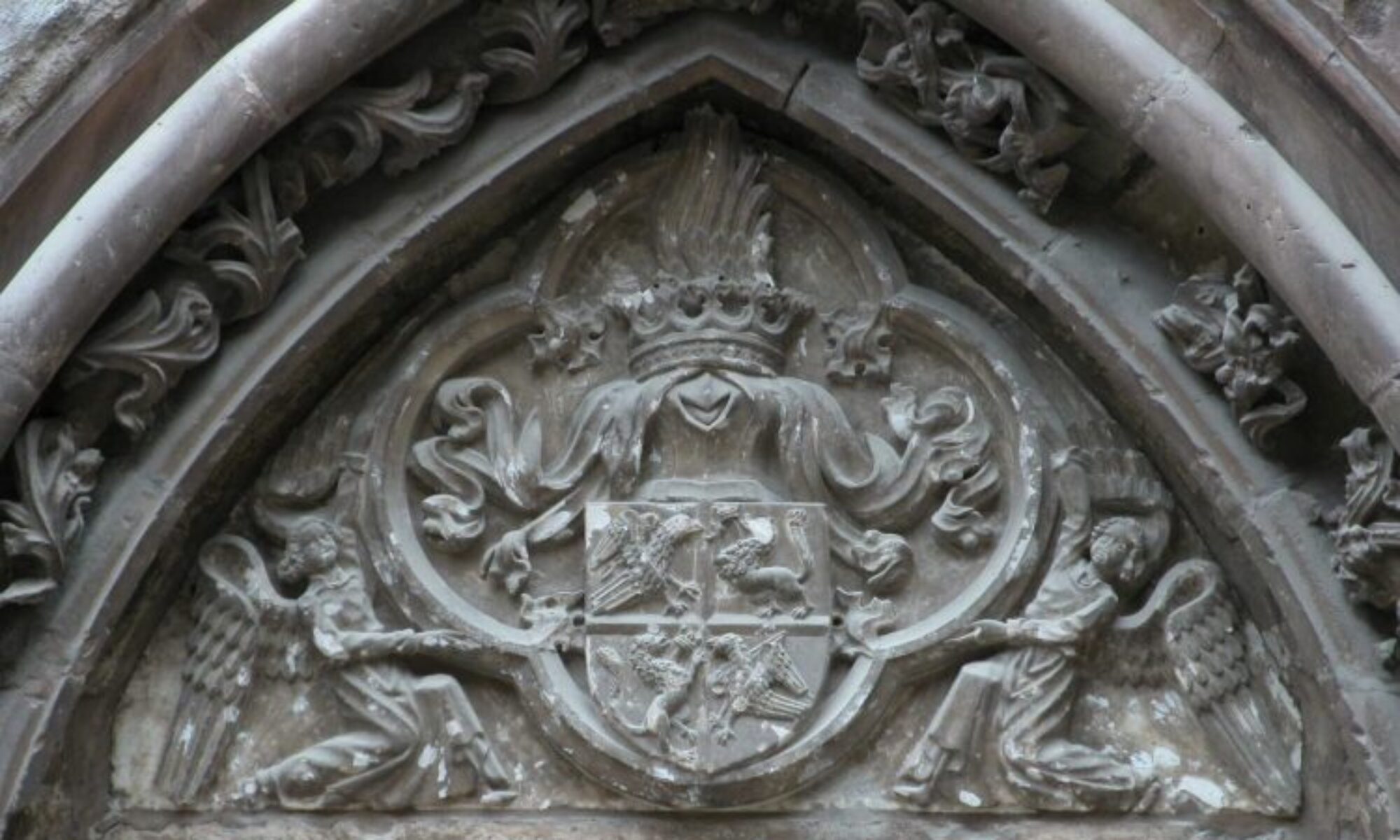
Some fabulous information about Paris and what to see. I also was gobsmacked with this city when we visited 5 years ago.
Glad you thought so, Darlene.
Oh, my, perhaps we crossed paths! 😉